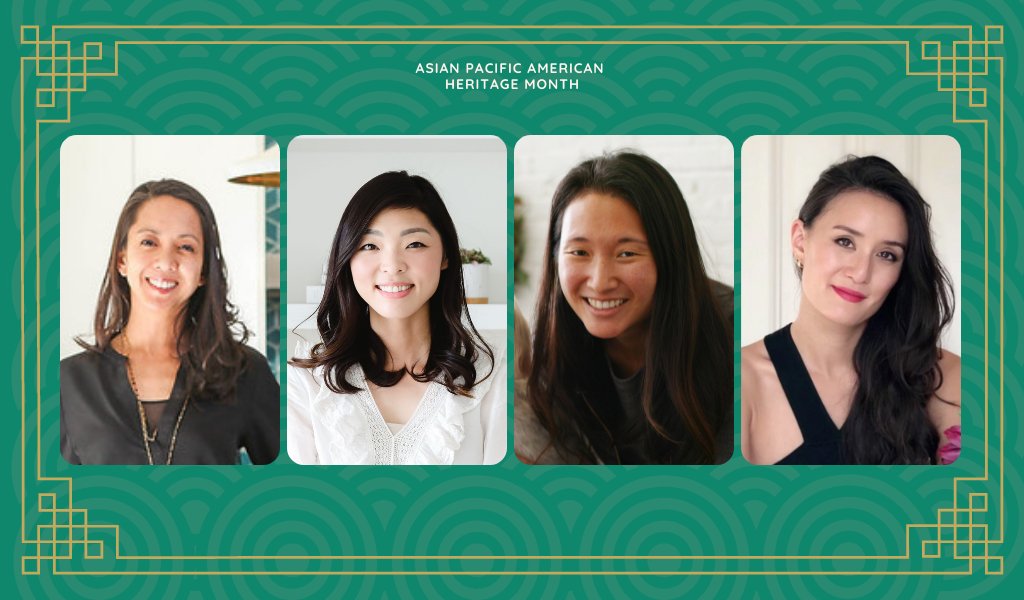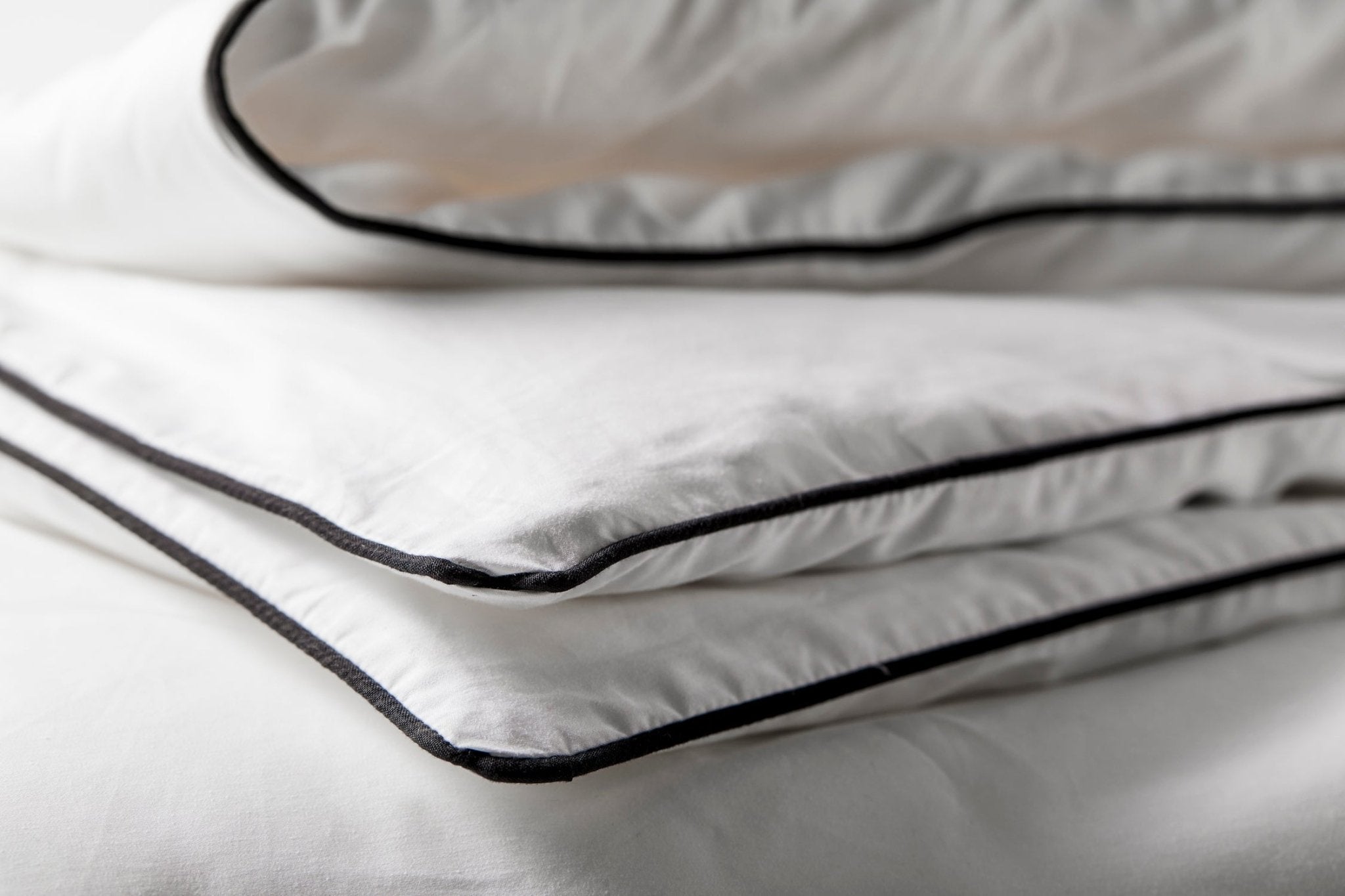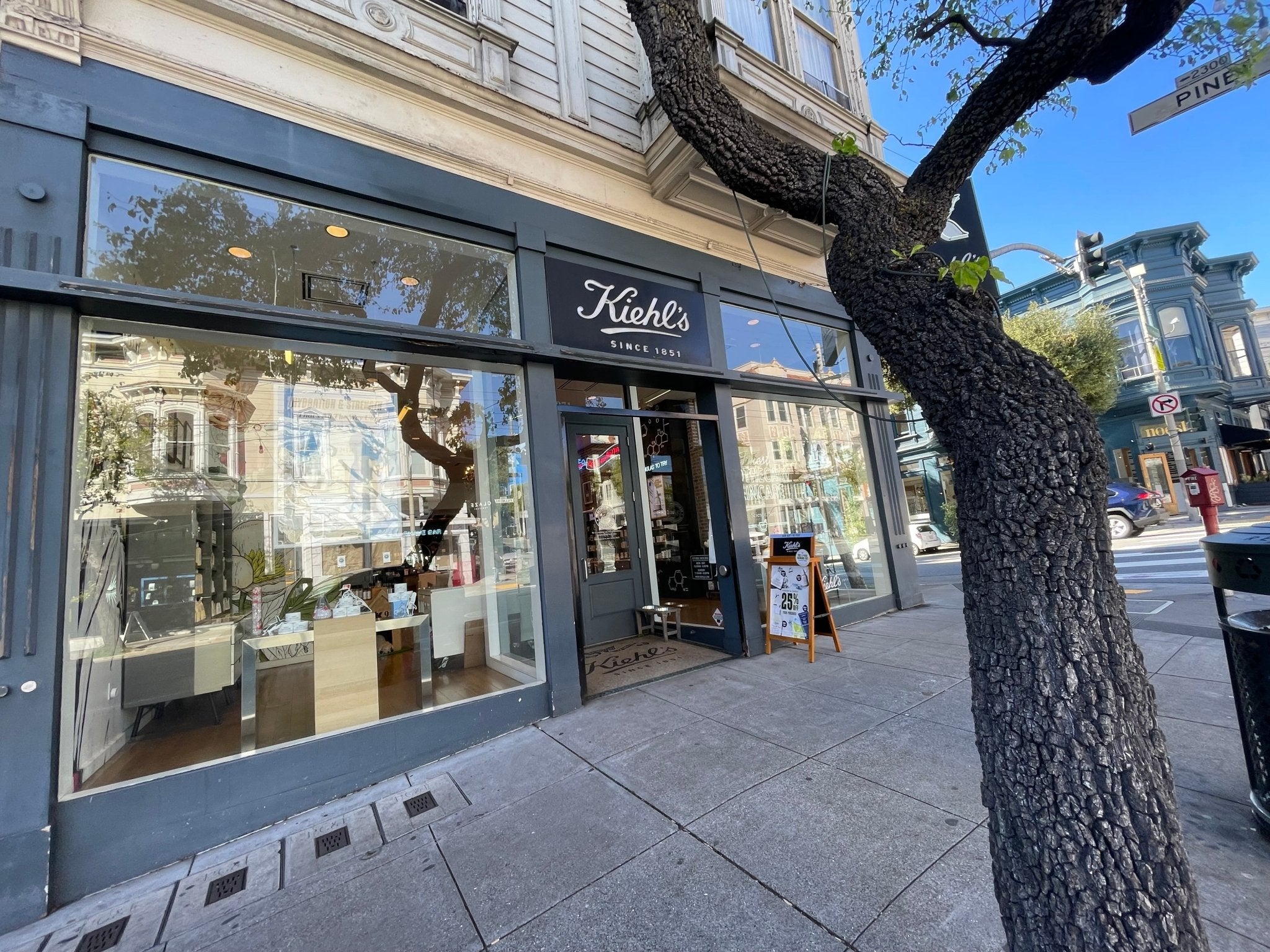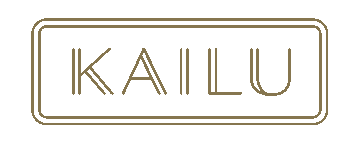4 Asian-Americans on Sharing Their Roots through Interior Design

Mixing new and old, one culture with another, and making it all work beautifully: Four Asian-American designers share how they combine heritage and home design.
Take a moment to remember the décor in your childhood home. When I think about mine — furnished and decorated by my parents, who immigrated from Malaysia in the 1970s with some pieces from their parents, who left China in the 1930s — one word comes to mind: hodgepodge. A pair of Foo dogs sat on either side of a red brick fireplace, and a watercolor silk triptych hung above a lumpy brown mixed-striped couch (my father’s pick before my mother arrived, she reminded me every day).
Straddling design cultures is part of the immigrant experience: mixing the familiar with the unfamiliar, and simply doing what you can to make whatever you have work. Though this approach is admirable, it’s not always aesthetically pleasing. To truly balance the mixtures of cultures, sometimes it’s best to leave that for the professionals.
So, in honor of Asian-American History Month, I reached out to four very different designers of Asian descent to chat about how their heritage influences their design, what challenges they’ve faced, and what they’d like to see in the future. Here is what they had to say:
Cathie Hong, Cathie Hong Interiors

Across Asia, most families have a strict no-shoes-in-the-house rule. It’s a rule Cathie Hong not only enforces, but uses to guide her designs. “Koreans care a lot about order and cleanliness, and I think I’ve subconsciously adopted this mentality in how I design,” Hong says, describing her design style as simple and minimalist, but also warm and bright. “I don’t want my designs to feel busy and over-the-top, because home should be a sanctuary and a place to unwind.” For additional warmth, Hong incorporates textiles and ceramics from her mother’s Korean ceramics collection.

Courtesy Cathie Hong/Susan Way
Having watched her immigrant parents work diligently to build a comfortable life in America also influences the way she runs her boutique interior design firm, Cathie Hong Interiors. “In the Korean language, we even have a different way of speaking to elders and strangers that is more formal or respectful. In this line of business, I’ve come across many tradespeople, contractors and even clients who have been downright rude or mean. But I try my absolute best to be respectful and professional regardless of how I’m treated. It doesn’t mean I am a doormat or allow myself to be bullied, but I don’t believe that I have to have the last word or speak my peace in every scenario. Sometimes it’s okay to just respectfully walk away and resolve not to work with people who don’t respect you in return.”
Karen Nepacena, Destination Eichler
On the surface, mid-century modern and Asian aesthetics may not seem like they have much in common, but Karen Nepacena, who identifies as Filipina-American, says they have more in common than meets the eye. “Our culture revolves around family and food!” she says, explaining traditional Filipino homes are often one-room communal homes that center around family and function similarly to Eichler homes, known for having open-concept, multi-purpose spaces.

Courtesy Destination Eichler

As the designer behind Destination Eichler, a home renovation blog that blossomed into a full-fledged interior design business, Nepacena has continued to infuse her cultural roots into homes across the United States. “We all bring different perspectives from our culture, upbringing and heritage, which is so important, and put it back into our work,” she says, hoping to see more Asian-Americans enter the interior design industry. “In my earlier career, I became a ballerina in a world where there were very few Asian-American ballerinas on the big stage. The same goes for the design industry. There are many talented Asian designers in the world, and it's important that younger people know they, too, have a place at the head of the table.”

A self-described “cultural chameleon,” Lindsay Meyer was born in Korea in 1986 and was adopted when she was only a few months old. “Being adopted by a white American family, much of my Korean culture was lost. But as an adult, I’ve come to appreciate gochujang and Korean beauty. I also love the ability to blend into almost any busy Asian city,” she says.
Meyer draws from her unique experience to design and run Batch, a company that specializes in shoppable home staging and turning generic spaces into meaningful places. “One of the survival skills I acquired is the ability to quickly create an identity and develop a vision to effectively transform a space to appeal to a crowd,” Meyer says. “I don’t necessarily ‘feel’ AAPI [Asian American and Pacific Islander] but because I still look Asian, people make assumptions about my sensibilities and style. It’s partly my own mind game, but I’m constantly trying to ‘prove’ [myself]. Sometimes I wish that America were a place where minorities were assumed to have value instead of constantly needing to demonstrate it.”

Courtesy Batch
Joanna Lily Wong, Ennate Design & Development

Joanna Lily Wong uses a thousands-year-old practice to create harmony in the homes she designs. “I’m Chinese, so I had always heard about feng shui,” she says, explaining she first used the principles to sell an otherwise unsellable home in San Francisco. After a year on the market, she made some changes and, less than a week later, an offer finally came in. “So, I started incorporating feng shui into my designs.”

Meaning “wind” and “water” in Mandarin, feng shui uses “qi,” or the flow of energy, in a building to create balance and bring prosperity and good health to the people inside. Wong uses these principals to create layouts and flow, strategically hangs mirrors to open up cramped spaces, brings natural elements into a space, and even positions bedroom furniture and recommends bedding such as KAILU's raw silk Heritage Duvet to improve sleep. However, at the end of the day, Wong says, “Just because you put a crystal ball up in your doorway doesn’t mean your life is going to be perfect,” explaining it’s all about promoting positive energy, tranquility and calm — a very Asian mantra, indeed.







Leave a comment